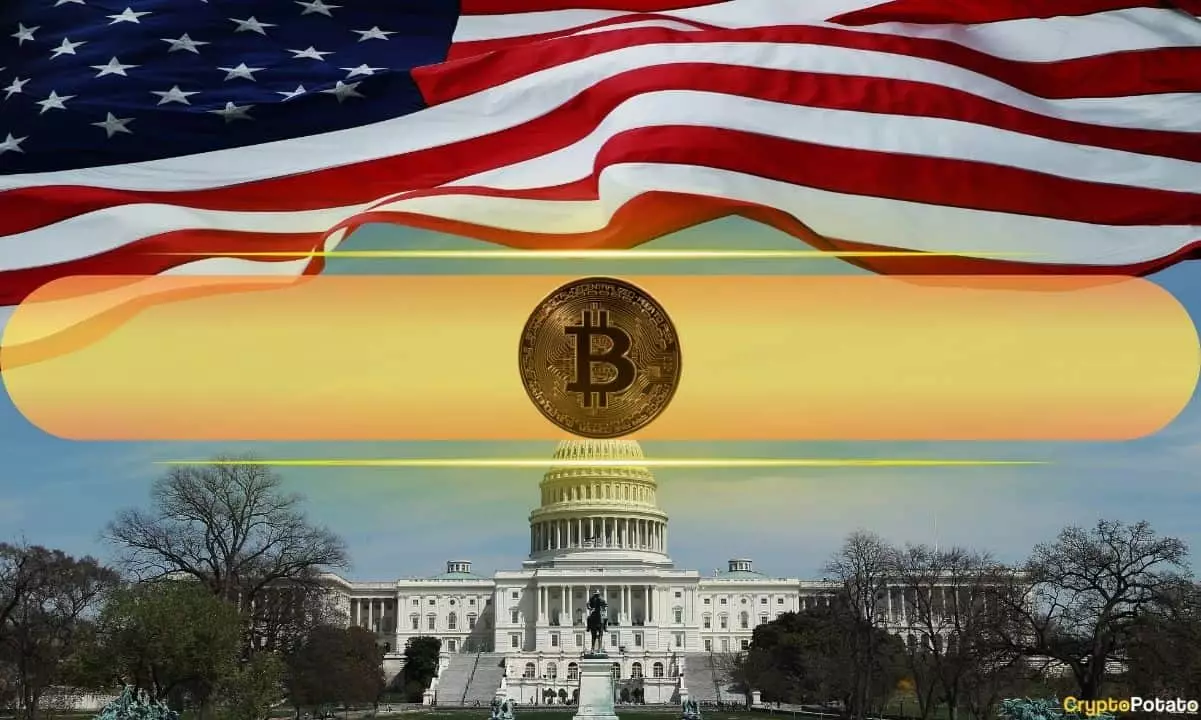The recent surge in demand for Bitcoin (BTC) in the United States, triggered by Federal Reserve chair Jerome Powell’s remarks at the Jackson Hole symposium, has sparked significant interest among investors. However, this surge in demand seems to be contained within the U.S. market, as the overall growth in Bitcoin demand remains relatively low and has even shown negative trends in recent weeks.
One of the clear indicators of the heightened demand for Bitcoin from U.S. investors is the spike in the Coinbase Premium, which reached 0.11%, marking its highest level since July. This surge in the premium suggests that Coinbase, a local trading platform, is experiencing increased demand from U.S. investors compared to exchanges located outside the country. Typically, such movement of Bitcoin from non-U.S. exchanges to Coinbase is observed during bull markets, signaling an upward trend in the price of Bitcoin.
The Inter-exchange Flow Pulse (IFP) metric, which measures the one-year cumulative sum of BTC net flows between Coinbase and other exchanges, has also witnessed a rally. This surge indicates that Bitcoin is flowing into the U.S.-based platform in response to the price premium and the growing demand in the U.S. Additionally, the perpetual futures market has seen an uptick in demand for Bitcoin, with Open Interest (OI) spiking by approximately 10,000 BTC to 276,000 BTC. This surge in OI signifies that traders are opening new long positions, with buy orders overshadowing sell orders.
Amidst the increased demand for Bitcoin in the U.S., the price of the cryptocurrency has experienced a 6% increase, rising from $60,000 to $65,000, its highest point since August. Surprisingly, despite this rally, investors have refrained from significant profit-taking. Realized profits amounted to $536 million, a stark contrast to the multi-billion dollar profit figures seen during previous market peaks this year.
However, the overall picture of Bitcoin demand tells a different story. The Apparent Bitcoin Demand 30-day growth has plummeted from 496,000 BTC in early April to a negative state of 36,000 BTC. This metric, which calculates the difference between the daily total Bitcoin block subsidy and the daily change in the number of BTC that have not been moved in a year or more, indicates a pressing need for an increase in apparent Bitcoin demand for prices to fully recover and surge to new highs.
While the U.S. market has witnessed a notable surge in Bitcoin demand driven by local factors, the overall demand growth for Bitcoin remains relatively subdued. This disparity raises questions about the sustainability of the current price rally and emphasizes the need for a broader market participation to drive Bitcoin prices to new highs.

